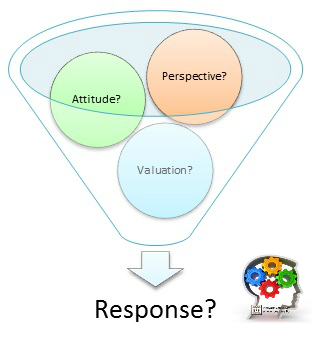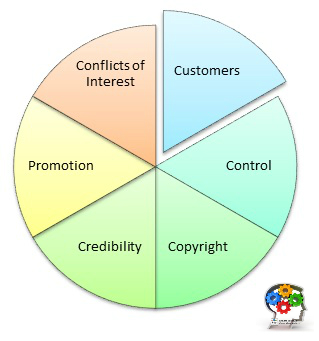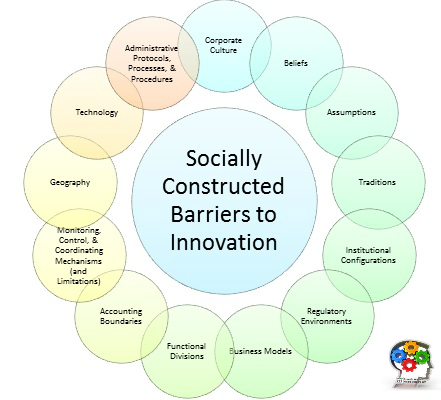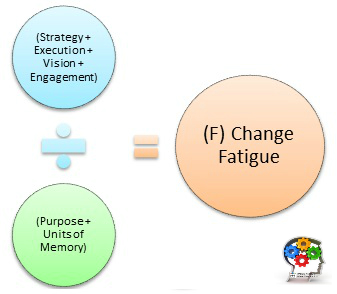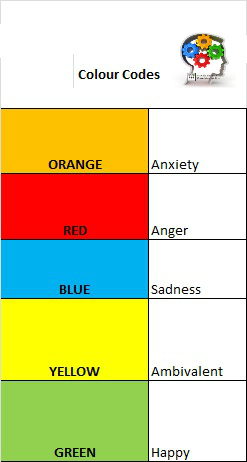
Building a culture of innovation capabilities is fickle. It is neither obvious nor deterministic (following a straight path). The process of…

Effective execution of cross systems planning initiatives requires an ability to leverage unanticipated opportunities. It also requires the ability to…

Triangulation is a function of project structure. The quality and frequency of triangulation depend on project organization. It also relies…

Syndication represents a very useful way to expand your reach, build your audience, and contribute to your industry’s thought leadership.…

Risk management in any environment represents sound strategy. This typically involves a scanning of the environment, identification of risks, evaluating…

Socially Constructed Barriers to Innovation (SCBI) represent some of the most prolific, and yet theoretically resolvable, obstacles to corporate creativity.…

Change Fatigue occurs when there is a misalignment between strategy, execution, vision, engagement, and purpose. As alignment decreases the opportunity…

Customer Journey Mapping involves developing a process map that tracks the customers connecting with your business and first learning about…
